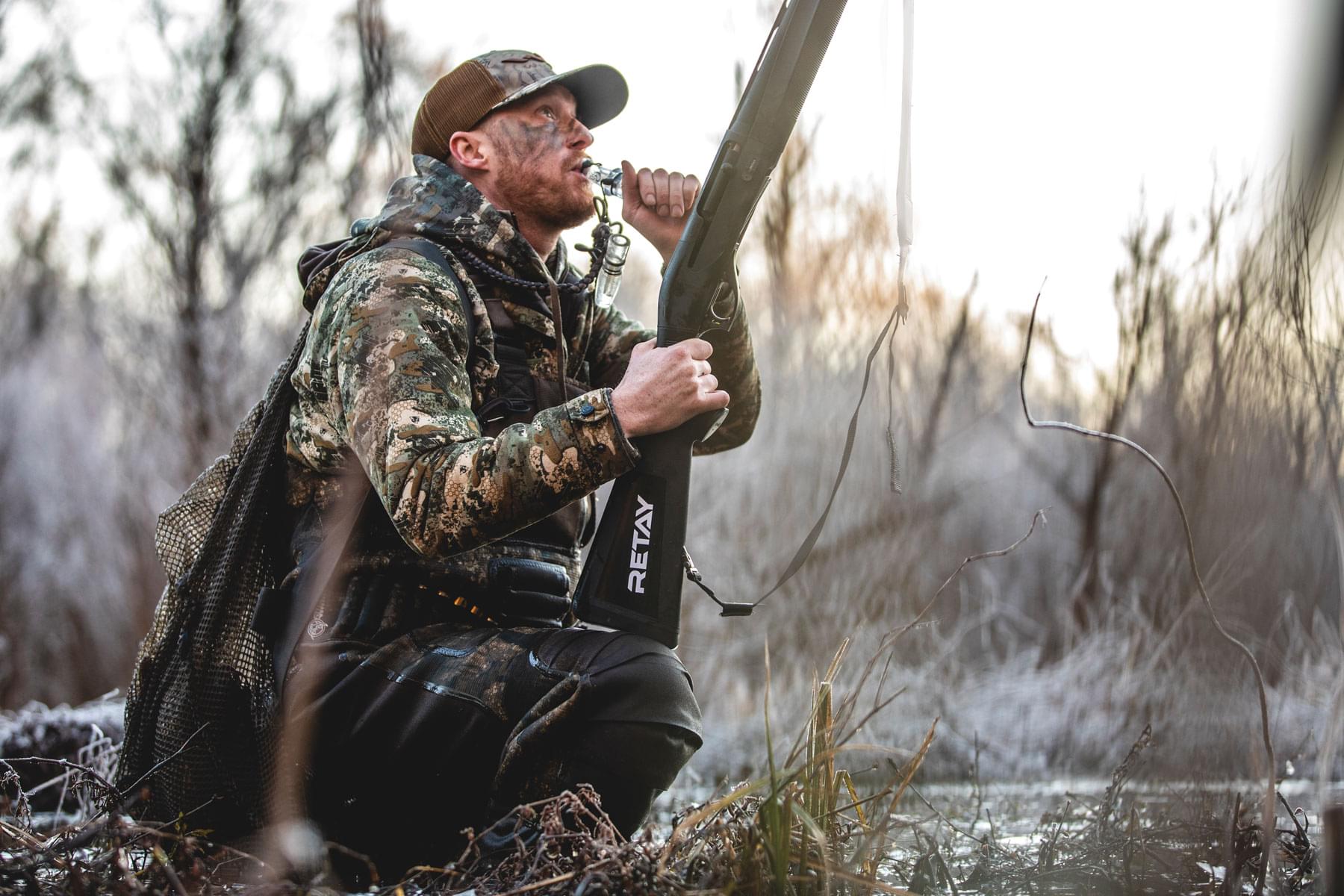Gymnastics safety-pits are a very important training tool. Every gymnastics academy should have at least one foam pit. Gymnastics pits are extremely necessary for optional gymnastics skills and levels. There are two types of gymnastics foam pits, loose foam pits and resi-pits.
A loose foam pit is built into the ground. It is usually 6-8 feet deep. The walls are covered by polyethylene foam that is usually glued to the concrete. The foam that covers the covers the concrete must be over an inch thick to decrease the chance of injuries. The bottom of a pit is lined with thick crash mats or a trampoline bed. Pits with a trampoline bed in it is known as a bungee-pit. A bungee-pit is usually placed a few feet above the pit floor. This allows it room to give without hitting the concrete. If you have a bungee-pit it is still a good idea to have a gymnastics mat in the very bottom in case any bungees snap or someone bottoms out. Once the loose foam-pit is correctly constructed it is filled with foam blocks. Foam blocks are made out of polyurethane and are nonflammable. They come in two different sizes, 6 and 8 inch.
The second type of gymnastics safety-pit is known as a resi-pit. A resi-pit is a pit that is made out of thick polyurethane mats that are covered by polyester vinyl that is extremely heavy duty. The resi-pit is about 32 inches in thickness. The bottom of the resi-pit is made out of denser foam and gets softer as it goes up; this eliminates gymnast from bottoming out. A resi-pit can be used for in-ground or above-ground gymnastics training.
Most gymnastics academies use both types. A loose foam pit is usually used first when introducing a new skill. After the gymnast masters the new skill in the loose foam she will move on to the resi-pit.
Both types of gymnastics safety-pits are a very important part of any gymnastics academy; make sure you know which is best to use in each situation.







